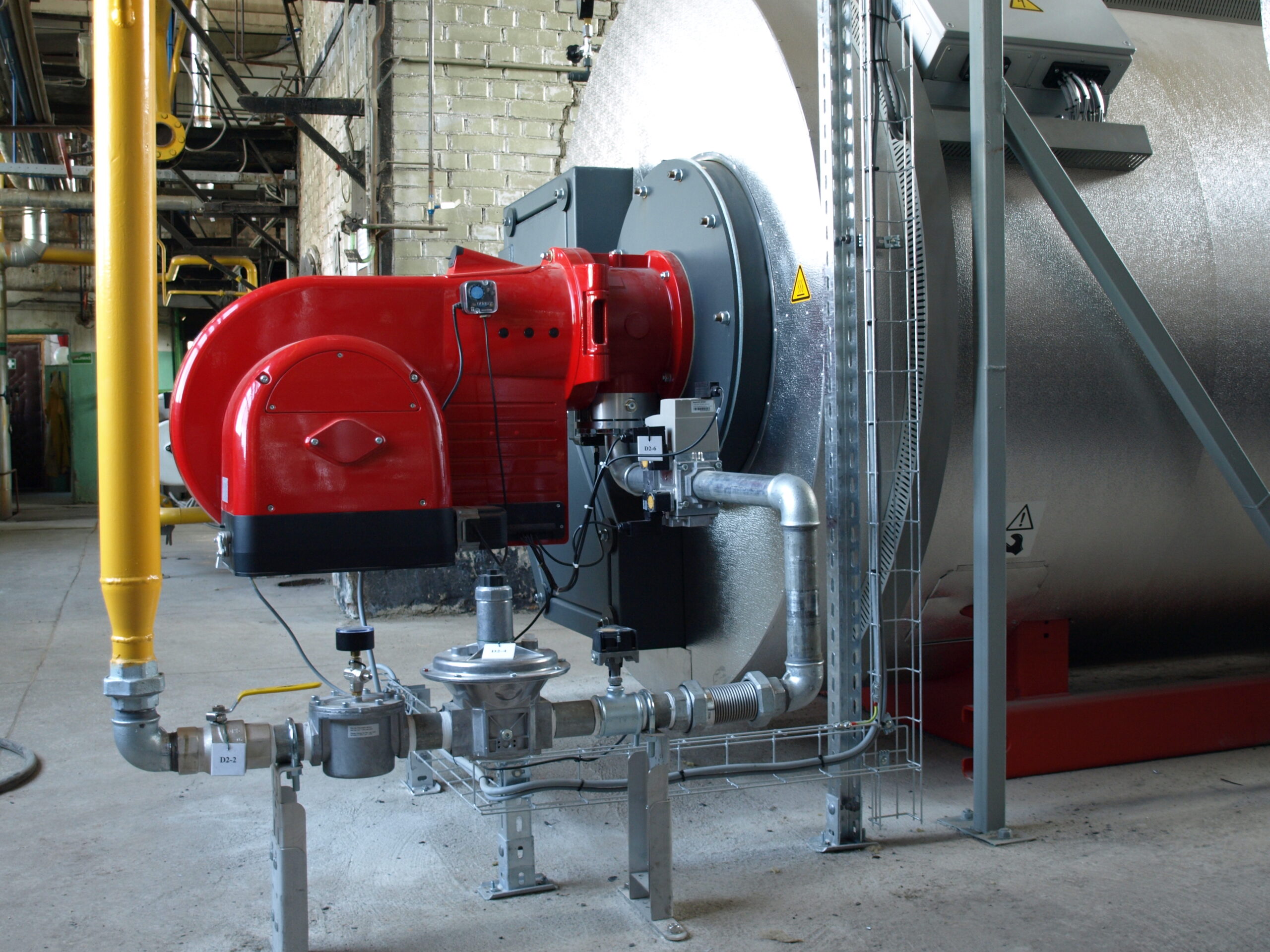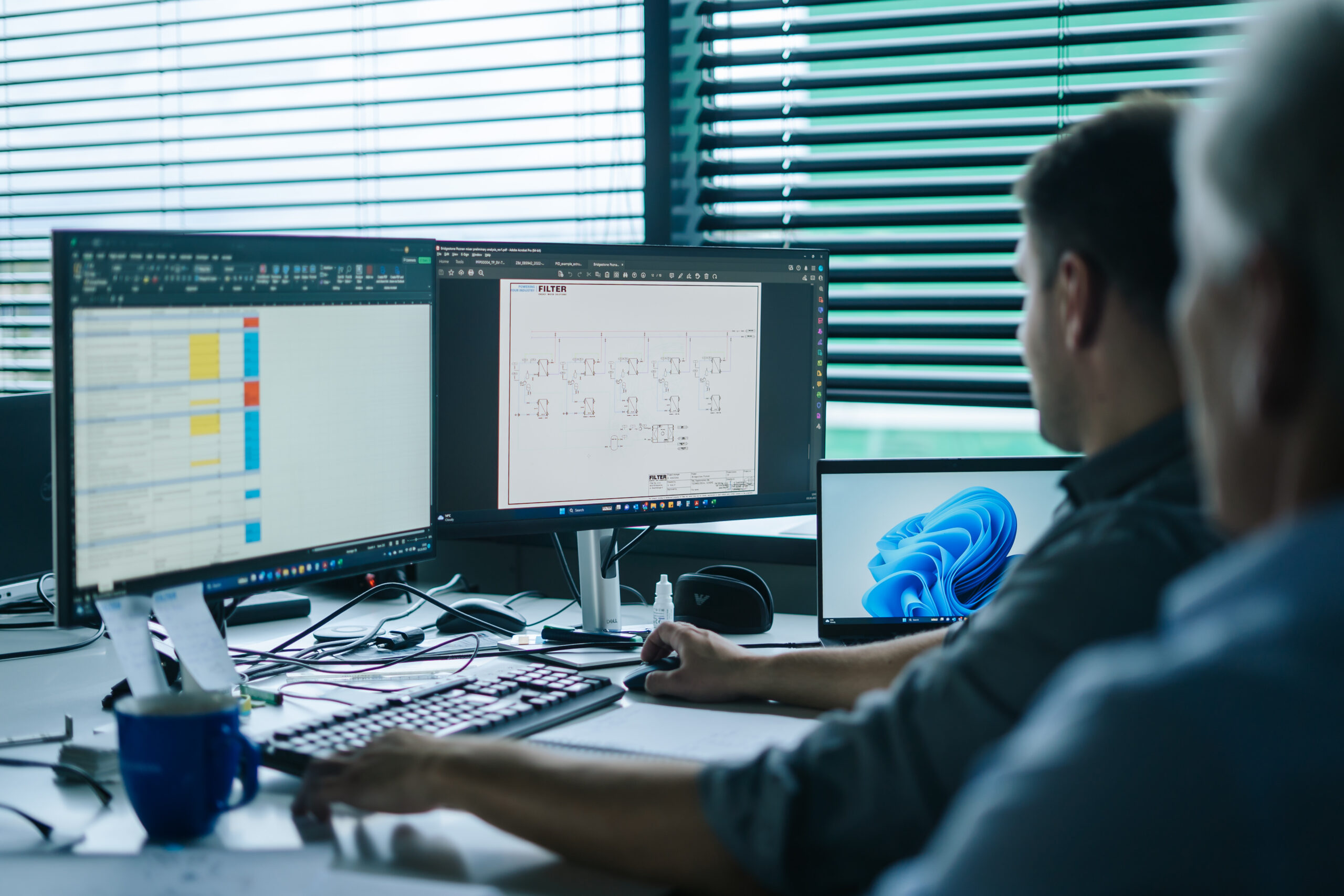Cooling towers are essential components in various industrial processes, particularly in power plants and manufacturing facilities. These structures are designed to remove excess heat from the water, ensuring optimal operating conditions. Without efficient cooling systems, equipment can overheat, leading to reduced efficiency, increased energy consumption, and even potential breakdowns.
What are cooling towers?
A cooling tower is a heat rejection device that extracts waste heat from water and releases it into the atmosphere, effectively cooling the water for reuse or disposal. The primary function of is to cool water through evaporation in cooling towers, which occurs when water is exposed to air. Cooling towers are crucial in industries where large amounts of heat need to be dissipated, such as power generation, chemical processing, and HVAC systems.
How does a cooling tower work?
Cooling tower works on the principle of evaporative cooling. Hot water from industrial processes enters the tower and is distributed evenly over a fill material, which is typically composed of thin sheets of plastic or wood. As the water flows down the fill, it is exposed to a continuous flow of air. This exposure causes a small portion of the water to evaporate, removing heat from the remaining water. The cooled water then collects at the bottom of the tower, ready to be recirculated back into the industrial process.
The evaporation process is the key to the cooling tower’s effectiveness. As water evaporates, it absorbs heat from the surrounding water, lowering its temperature. The rate of evaporation cooling tower depends on factors such as the surface area of the water exposed to air, the temperature difference between the water and the air, and the humidity of the air. Cooling tower designers optimize these factors to maximize the tower’s cooling efficiency.
Different types of cooling towers
Cooling towers come in two main types: natural draft and mechanical draft. Each type has its unique characteristics and advantages, making them suitable for different applications.
1. Natural draft cooling towers rely on the natural convection of air to create airflow through the tower. This cooling tower type is typically tall, hyperbolic structures that create a chimney effect. The warm, moist air inside the tower rises due to its lower density, drawing in cooler air from the bottom of the tower. This continuous air movement facilitates the evaporation process, cooling the water as it descends through the fill.
Natural draft tower cooling is most commonly used in large-scale applications, such as power plants, where a significant amount of heat needs to be dissipated. They are more energy-efficient than mechanical draft towers, as they do not require fans to drive the airflow. However, they are more expensive to construct and require a larger footprint.
2. Mechanical draft cooling towers use fans to force air through the tower, providing better control over the airflow and cooling process. These cooling tower types can be further classified into two subtypes:
- In induced draft cooling towers, the fan is located at the top of the tower, drawing air upward through the fill. The hot water is sprayed over the fill, and as the air moves upward, it evaporates a portion of the water, cooling it in the process. Induced draft towers are more common than forced draft towers, as they are more efficient and less prone to recirculation of hot, moist air.
- Forced draft cooling towers have the fan located at the bottom of the tower, pushing air upward through the fill. The hot water is sprayed over the fill, and as the air moves upward, it cools the water through evaporation. Forced draft towers are less efficient than induced draft towers, as they are more susceptible to recirculation of hot, moist air, which can reduce the tower’s cooling performance.
Learn more about cooling towers

The role of cooling towers and evaporation in power plants
But what are cooling towers used for? Cooling towers play a vital role in power plants, particularly in the steam condensation process. In a typical power plant cooling tower, steam is used to drive turbines that generate electricity. After passing through the turbines, the steam is condensed back into water using a condenser. The cooling tower then cools the water from the condenser, allowing it to be reused in the steam generation process.
Evaporation is the primary mechanism by which cooling towers remove heat from the water in power plants. As a small portion of the water evaporates, it absorbs heat from the remaining water, lowering its temperature. These evaporative cooling towers are highly efficient and cost-effective, making them the preferred method for heat rejection in power plants.
Cooling towers for a power plant are typically large, natural draft structures that can dissipate enormous amounts of heat. The size and design of these towers depend on factors such as the power plant’s generating capacity, the ambient conditions, and the available water supply. Proper maintenance and water treatment are crucial to guarantee the efficient and reliable operation of cooling towers in power plants.
How to plan, design, and calculate your cooling needs
When planning and designing a cooling tower system, several factors must be considered:
- Heat load: The amount of heat that needs to be dissipated by the cooling tower. This is determined by the industrial process and the equipment involved.
- Water flow rate: The rate at which water needs to be cooled and recirculated. This is influenced by the heat load and the desired temperature drop.
- Ambient conditions: The temperature and humidity of the surrounding air, affect the cooling tower’s performance. Higher ambient temperatures and humidity levels can reduce the tower’s cooling efficiency.
- Water quality: The chemical composition and purity of the water being cooled. Poor water quality can lead to scaling, corrosion, and biological growth, which can impair the tower’s performance and lifespan.
To calculate your cooling needs, you can use various tools and methods, such as:
- Manufacturer’s sizing and selection software
- Manual calculations based on heat transfer equations
- Consulting with cooling tower experts and engineers
Cooling tower model sizing and selection are critical to guarantee optimal performance, efficiency, and longevity. Undersized towers may not provide adequate cooling, while oversized towers can be unnecessarily expensive to purchase and operate. The design of cooling towers plays a vital role in the overall success of the project.
Learn more about cooling towers
Industrial cooling tower manufacturers: what to look for?
When selecting an industrial evaporative cooling fans manufacturer, it is essential to consider several factors to make sure you receive a high-quality, reliable product and excellent customer support. Some key factors to look for include:
- Experience and reputation
Choose a manufacturer with a proven track record of designing and manufacturing reliable, efficient cooling towers. Look for companies with extensive experience in the industry and a strong reputation for quality and customer satisfaction.
- Product quality and efficiency
Make sure that the manufacturer offers cooling towers that are built to high standards, using durable materials and advanced technologies. Look for towers with features that upgrade efficiency, such as high-performance fill materials, efficient drift eliminators, and low-energy fans.
- Customization options
Every industrial application is unique, so it’s essential to choose a manufacturer that offers customization options to meet your specific needs. This may include custom sizing, materials, and configurations to optimize performance for your particular process.
- Customer support and service
Look for a manufacturer that provides excellent customer support and service, including responsive technical assistance, on-site support, and comprehensive maintenance programs. A strong commitment to customer satisfaction can help with the long-term performance and reliability of your cooling tower system.
- Sustainability and environmental responsibility
Consider manufacturers that prioritize sustainability and environmental stewardship. This may include the use of eco-friendly materials, water conservation technologies, and energy-efficient designs that minimize the environmental impact of your cooling tower system. Learn more about industrial energy-efficient solutions.
Learn more about cooling towers

Filter is powering industrial cooling industry
Filter offers a comprehensive range of products and services to meet the diverse needs of our customers. Our cooling towers are designed and manufactured using the latest technologies and highest-quality materials, guaranteeing long-lasting performance and minimal maintenance requirements. We offer both natural draft and mechanical draft cooling towers, as well as customized solutions tailored to your specific industrial application. In addition to our exceptional products, we take great pride in providing high-quality customer support and service. Our team of experts is always ready to assist you with sizing, selection, installation, and maintenance, making sure that your cooling tower system operates at peak performance throughout its lifespan.
At Filter, we are committed to sustainability and environmental responsibility. We continuously strive to develop and implement eco-friendly solutions that minimize water consumption, reduce energy usage, and lower the environmental impact of our cooling tower systems.
Contact us today to learn more about how Filter can help you with your industrial cooling needs. Our knowledgeable staff is ready to answer your questions, provide expert guidance, and deliver the perfect cooling tower solution for your business. Trust Filter to power your industrial cooling system and take your operations to the next level!



